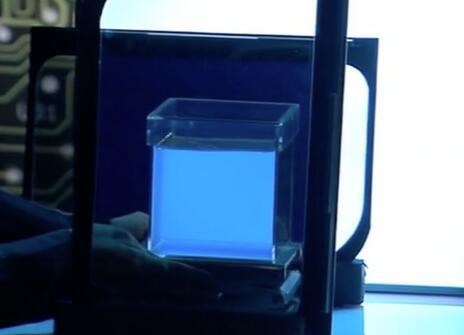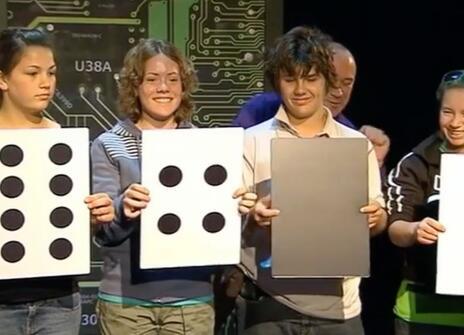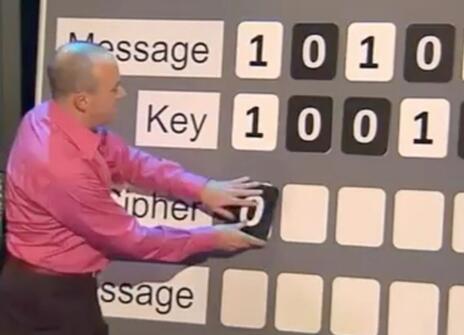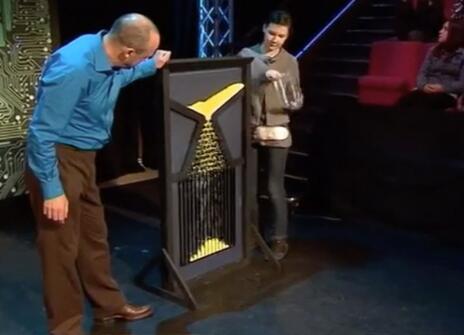Lecture 1 – Breaking the speed limit
Inside every computer, mobile phone and games console is one of the most complex pieces of engineering ever created – the microprocessor.
A microprocessor is a complex machine, made from millions of tiny switches called transistors. Over time we've been able to reduce the scale of these microprocessors, fitting billions of transistors onto a space the size of a postage stamp.
This has also allowed us to not only reduce the production cost of these units but more importantly increase their speed – paving the way for the computer revolution. As a result, the exponential rise in computing power in the last 30 years has been staggering.
In his first Lecture, Chris Bishop explains the challenges that are making it harder to continue the incredible improvement in speed, and reveals the ideas that are being explored to overcome them.
About the 2008 CHRISTMAS LECTURES
In this series of CHRISTMAS LECTURES, Chris Bishop invites us on a journey into the high-tech world of computer technology.
From the origin of the microprocessor to the development of the internet, the field of computer science has literally changed the way in which we live our lives.
But the world of computers is vast and complicated, ranging from the architecture of microchips to the use of quantum mechanics for data encryption – it's not always easy to know what exactly is going on inside the box.
So how do computers work? How is so much information stored within a single hard-drive and how do computers communicate with each other over the internet?
Across five lectures, Chris Bishop sheds light on some of these questions by tracing the evolution of the modern computer.
Along the way he explores the many technologies which have developed as a result of the computer revolution; including the interconnected world of the internet, the use of software to control hardware and the challenges involved in creating artificial intelligence.




